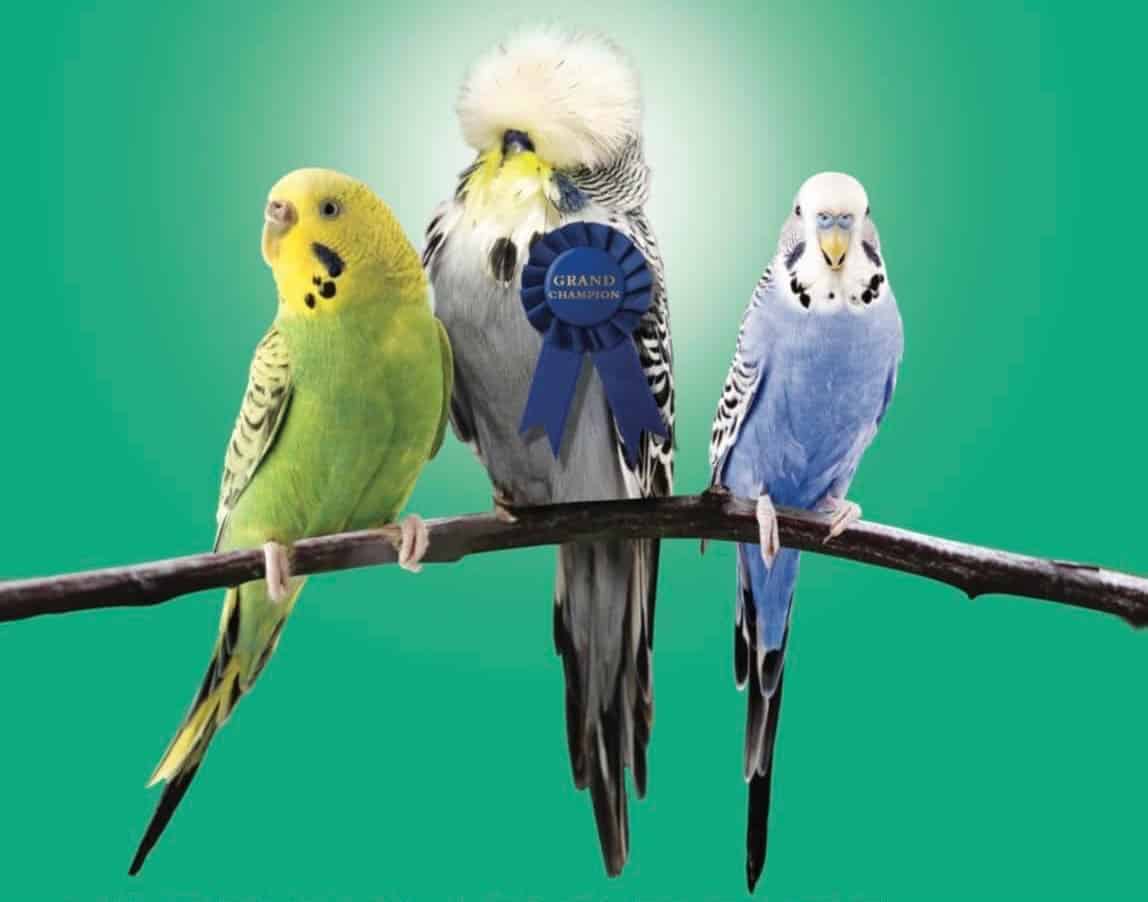The Budgerigar Council of South Australia has created a guide for pets with budgies. They’re also known as parakeets or Budgerigars. Pet owners from all over the world are captivated by these tiny, playful birds. Ranking just behind the ever-popular pet dogs and cats and budgies, budgies have earned their name as loving, intelligent, and extremely talkative pets.

Before bringing this adorable pet into your home, it’s essential to be aware of their needs and temperament. This guide will equip you with all the details you need to ensure an enjoyable and healthy lifestyle for both you and your pet.
A Tiny Social Butterfly
Budgies thrive on companionship. In the wild, they reside in large groups, constantly communicating with each other and playing. While a single budgie can have a strong bond with its human companion, particularly when they are given lots of attention and affection, they should always be accompanied by a feathered pet. If you’re not in a position to take care of two birds, then spend some quality time with only your single budgie.
Chatterboxes with an Flair for mimicry
The ability of pets to imitate sounds is what makes them so adorable. Budgies can master phrases and words through patience and training. This can add a fantastic aspect of entertainment to the whistles, chirps, and squeaks they produce. It is possible that their vocabulary could vary. Certain budgies could turn into true chatterboxes while others will prefer simple whistles. Whatever their level of speaking are, their vocalizations are sure to bring a smile to any face.
A Rainbow on Wings
Budgies come in a wide range of shades. From the classic mix of yellow and light blue to vibrant shades of green violet and white. Breeders have developed countless mutations over the years, so there’s a chance to find a pet which is in line with your personal style. Beyond the aesthetic, these color variations can sometimes indicate a bird’s age or gender, making them an interesting conversation piece in the pet store.
How to live large within a limited space
Although budgies may be small birds however, they require plenty of space to fly, climb, and explore. Minimum cage size is 20 inches in length and 12 inches deep and 18 inches in height. The bigger the cage, the better. Perches of various heights as well as sizes, textures and colors will keep your bird engaged. Also, rotate the toys frequently to prevent boredom. It is good to let the cage be exposed to natural sunlight, but don’t expose it to direct sunlight for long periods.
A Budgie Aproved Diet
A healthy budgie bird diet consists primarily of a high-quality pelleted food formulated for small parrots. This feeds them the essential nutrients they require to live a healthy life. In addition, they can supplement their diet with fresh fruits and vegetables, such as chopped vegetables, leafy greens and apples (be sure to get rid of the seeds). The cuttlebone keeps their beaks trim and provide important minerals. Make sure that they are able to access clean, fresh water.
Forming a connection between you and your feathered companion
The art of taming a budgie requires patience and gentle touches. Be gentle when approaching the cage and speak softly to your bird. In order to build trust, provide treats like millet spray to your bird via the bars of the cage. Once your budgie has become comfortable with you, you are able to enter the cage. It could take a few several days or even weeks, so be persistent but never insistent.
A Lifetime Dedication
If taken care of properly they can last from between 10 and 12 years old. Before you welcome one into your home, consider your lifestyle and long-term commitment. Do you provide them with daily interaction as well as a stimulating, clean environment? If yes, then a budgie could be a gratifying and enriching pet, filling your life with playful chirps and perhaps even the occasional human conversation (or two).
The Budgerigar Council of South Australia is a proponent of the responsible ownership of pets. Do not hesitate to ask an expert in avian medicine to provide advice on how to care for your feathered companions if you are unsure.

